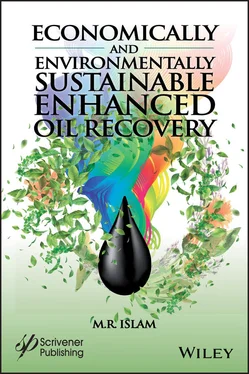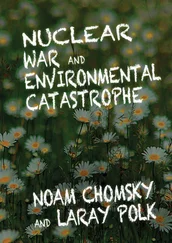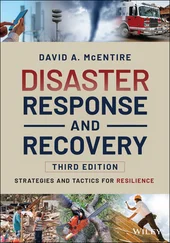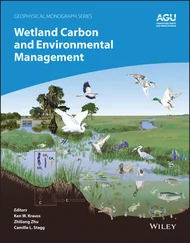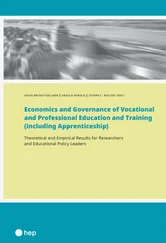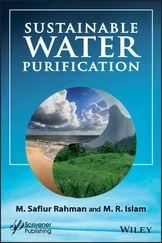In this format, any process can be described with its sustainability considerations intact. It also implicitly recognizes the role of water as the mother substance (ubiquitous), thus “humidity” being an intrinsic property of matter. This process was the hallmark of Medieval Muslim scientists, such as Avicenna and and Al-Rāzī. For instance, Al-Rāzī’s Kitāb al-Asrār is filled with similar recipes for refining a host of mineral products ranging from sal ammoniac and orpiment to boraxes and alkalis (Newman, 2014). Islam (2014) recognized this process as the tangible-intangible yin-yang – a form that was later used by Islam et al . (2018) to formulate a new characterization technique for crude oil. Norris (2006) saw it as mercury and sulphur combination, thought to be equivalent to water-oil version for minerals. In later centuries, the theory of double unctuosity 4was introduced in order recognize the existence of intrinsic contents within bulk material. Unlike Muslim scientists, none of these scientists recognized the existence of water as the mother material, whose concentration cannot be reduced to nil irrespective of the refining process carried out. Nevertheless, European scientists went ahead and used the concept of a double humidity, one of which is flammable, with a common reference to distillation of ethanol from wine. The logic here is: just as wine contains a highly volatile, combustible material that can be distilled off (ethanol), and a less volatile component that is not combustible, so too does the metallic intangible, sulphur. These scientists saw normal sulphur as having a burning unctuosity that blackens and burns metals when it is fused and dropped on them. For this reason, Albert adds, alchemists Eventually, this principle would lead to modern refining techniques with the addition of synthetic chemicals as the catalysts (one type of intangibles or unctuous material). For quicksilver, they accepted Avicenna’s claim that it contains a liquid component along with a ‘subtle earth’. However, Avicenna described the ‘subtle, unctuous, humidity’ as ‘water’, whereas European scientists envisioned the ‘moist’ component as mercury. Furthermore, the likes of Albertus Magnus have introduced three forms of intangibles, rather than two. The Wyckoff (1967) translation offers the following quote:
We know, therefore, that the ability of metals to be burnt is [due to] the Sulphur, and not to the Quicksilver by itself. Furthermore, we also know that in anything that contains very unctuous moisture mixed with earthiness, the moisture is of three kinds. One of these is extremely airy and fiery, adhering to the surface, as a consequence of the [upward] motion of those elements [Fire and Air], so that they always rise to the surface of things in which they are mixed and combined. The second, close beneath this, contains more wateriness floating about among the parts of the thing. The third has its moisture firmly rooted and immersed in the parts and bounded in the combination; and therefore this is the only one that is not easily separated from the combination, unless the thing is totally destroyed. And therefore this must be the nature of Sulphur. (p. 197-198)
Here we can see that Albertus Magnus has divided the extrinsic moisture into two types while retaining the unitary character of the third, intrinsic humidity. His goal in making this new bifurcation probably lay in the desire to have both a flammable and a non-flammable type of unfixed humidity. Thus, the first extrinsic moisture is fiery and airy, hence combustible, while the second is not, being composed of “wateriness” (Newman, 2014). Whatever the intention of Albertus was, this point about distinguishing ‘fiery’ element from others is of profound implication. In later centuries, this formed the basis of considering energy as a form, discrete from mass, thereby creating opacity in maintaining natural energy sources.
The original form of the mass energy transformation theory of Avicenna is depicted in Figure 2.4. This figure shows how any matter will have tangible and intangible components, the intangible component being the driver for so-called chemical reactions. For instance, the intangible component will include energy source as well as the presence of trace elements, including catalysts. Just like components of energy source are not traceable, components of catalysts are considered to be insignificant in determining final mass of various reaction products. New science, in essence, focuses on the tangibles and adds the effect of intangibles through tangible expressions. For instance, heating is evaluated through the temperature and catalysts are measured by there mere presence and for both cases no determination is made as to how the pathway changes in presence of two sources of temperature (or catalytic reaction) that are different while have the same external expression (for instance, temperature or mass of catalyst).
Another important aspect of Islamic scholars was the recognition of water as the mother and ubiquitous phase. Islam (2014) recognized this observation and reconstituted the material balance equations to develop new characterization of materials as well as energy. Tichy et al . (2017) discussed an interesting aspect of water content and sustainability. They studied the role of humidity on the behavior of insects. Optimal functionality is a direct function of humidity optimization within an organic body. This optimization is necessary for metabolic activities, as well as overall survival abilities. From an evolutionary perspective, this need of optimum humidity can explain the existence of hygroreceptors very likely. Interestingly, these hygroreceptors are associated in antagonistic pairs of a moist and a dry cell in the same sensillum with a thermoreceptive cold cell. Although the mechanism by which humidity stimulates the moist and dry cells is little known, it is clear that the duality that Avicenna envisioned persists in all levels of natural functions. Also of significance is the fact that the moist cell and the dry cell appear to be bimodal in that their responses to humidity strongly depend on temperature. Either modality can be changed independently of the other, but both are related in some way to the amount of moisture in the air and to its influence upon evaporation (Tichy et al ., 2017). This scientific model was altered by subsequent European scholars, who recognized the natural refining process through the ‘theory of three humidities’ (Newman, 2014).
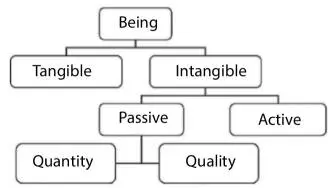
Figure 2.4Scientific pathway of a chemical reaction modified from Kalbarczyk (2018).
Arsenic sulphide, in its natural form has been in use for longest time. Similar to any other natural products, Arsenic trisulfide had a wide range of industrial use, including tanning agent, often with with indigo dye. Orpiment is found in volcanic environments, often together with other arsenic sulfides, mainly realgar (“ruby sulphur” or “ruby of arsenic”). Similar to mercury, this naturally occurring chemical was used throughout history as a potent poison or a medicine (Frith, 2013). Arsenic was used in traditional Chinese as well as Indian medicine. In addition, it was popular as a cosmetic product in eye shadow in the Roman era. In traditional Chinese medicine, preparations can be obtained in the form of coated or uncoated pills, powder or syrups. Different studies have shown that the majority of traditional Chinese medicines, such as Chinese herbal balls, show high doses of As varying between 0.1 and 36.6 mg per tablet, causing patients to get intoxicated by the high As dose and Indian ayurvedic herbal medicine products are also known to cause lead, mercury and As intoxication.
Читать дальше
